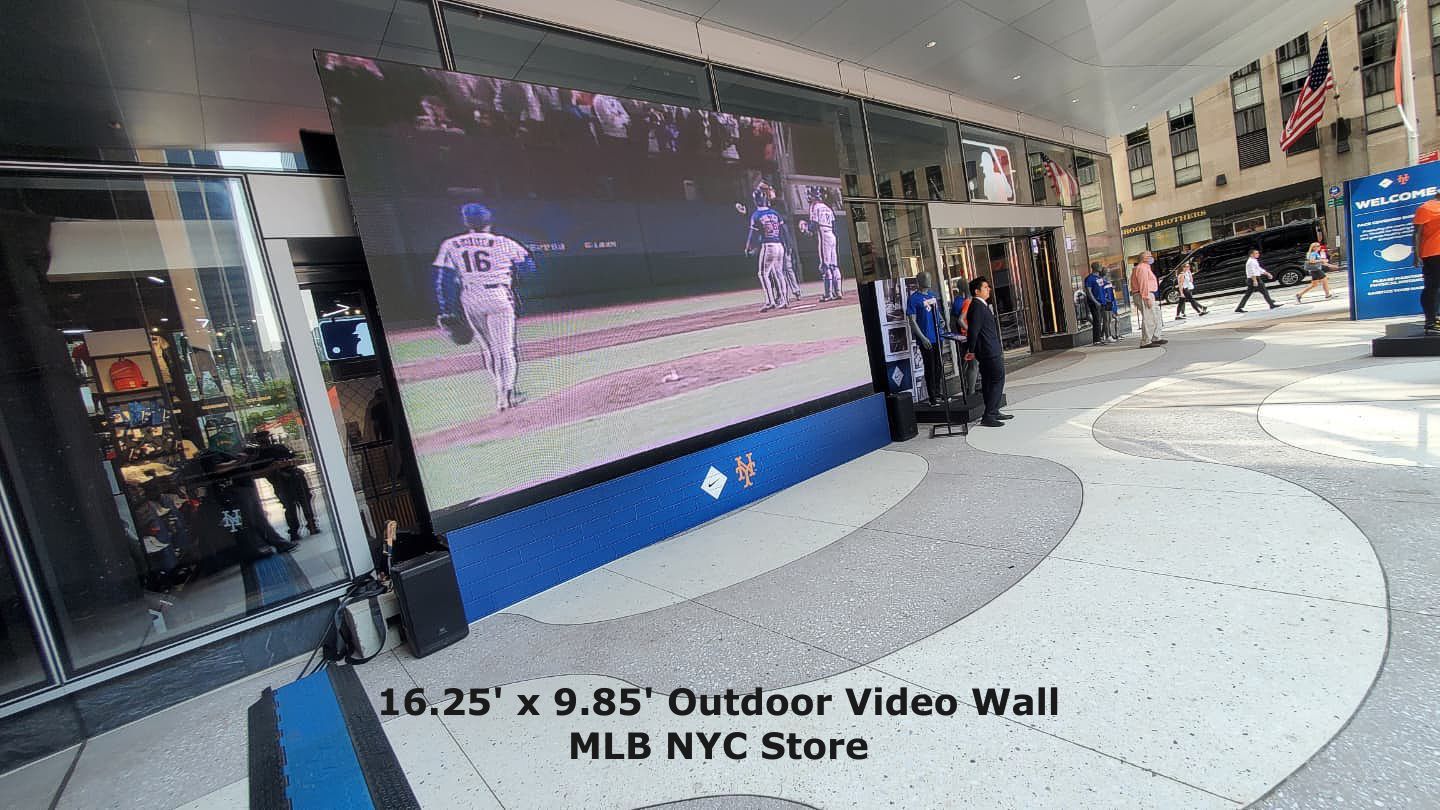Conquering Challenges in the Craft of Video Image Mapping Implementation
Wiki Article
Visual projection mapping technology is an exciting method that transforms ordinary areas into engaging presentations. This method allows creators and designers to project visuals and footage onto items like buildings, statues, or stages, creating an immersive visual encounter. However, despite its potential, implementing video projection mapping effectively comes with several challenges. Understanding and overcoming these hurdles is crucial for anyone seeking to create impactful projection art.
One of the main challenges in video projection mapping is guaranteeing that the projected graphic matches perfectly with the object. This procedure, known as "mapping," requires precise calculations and calculations. If the display is not aligned properly, the visuals can appear distorted or off. To address this problem, creators often use dedicated software that assists in mapping the graphics to the object's size. Moreover, conducting thorough tests before the ultimate projection can help identify any misalignments and enable for adjustments to be made.

Another significant challenge is the varying luminosity and color of the displayed images. Different materials respond differently to light, which can influence how the colors look once projected. For Read Full Article instance, a pale material will reflect brightness variously than a dark one. To tackle this, creators must consider the material characteristics before choosing the hues and brightness for their displays. Testing the projection on the actual surface during the preparation phase can provide valuable understanding into how the ultimate presentation will look.
Technological issues can also create a challenge in video projection mapping. Issues such as hardware malfunction, software bugs, or connectivity issues can interfere with the entire project. To reduce these threats, it is essential to conduct comprehensive hardware checks and have contingency plans in position. This can include having additional cables, projectors, and even backup software options ready to go. Being ready for technological check over here difficulties can ensure a more seamless implementation of the projection.
Finally, viewers' engagement is an essential aspect of video projection mapping. While the visuals are critical, how the viewers interact with the presentation can make a big impact. Artists must consider about how to create their displays to attract viewers’ focus and promote participation. This can entail adding elements that invite participation or create a story that connects with the viewers. Gathering feedback from test viewers can also help enhance the show to improve engagement.
In summary, addressing challenges in video projection mapping requires meticulous preparation and innovation. By addressing the challenges of alignment, brightness, technical issues, and audience engagement, creators can produce spectacular and impactful projections. With the appropriate strategies in place, video projection mapping can transform ordinary spaces into extraordinary experiences, captivating audiences and leaving a memorable impact.